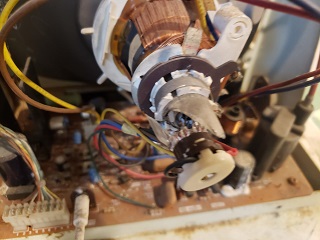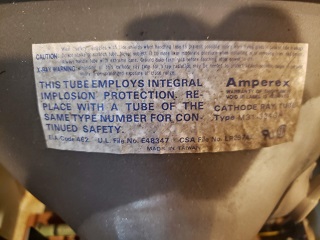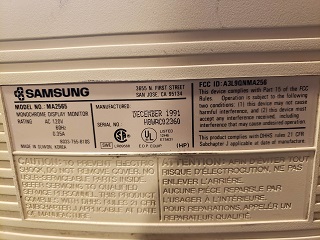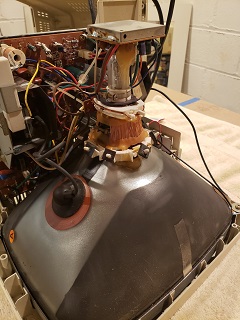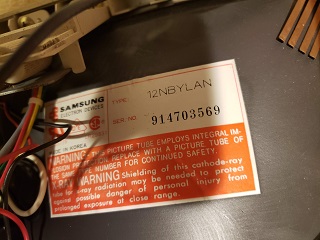Divarin
Veteran Member
I picked up this badly neglected Commodore PET for $50. I'm looking to restore it.
So far I haven't done anything with it, my plan is to first test the power supply and fix it if necessary, then find some way to get video out so I can start to examine the computer itself, see if it works, and fix as needed.
The first thing you notice is the monitor is completely shot and will need to be replaced. I have two questions (for now I'm sure I'll have may more later):
1) What CRT's could be used in this thing? I do have an amber CRT monitor (monochrome text-only) which works I thought it might be nice to put that in the PET. It would be unusual having a PET with an amber monitor, They appear to be the same size (12") but otherwise I have no idea if the amber CRT would be compatible or not.
2) Is there any way to get video out to something else, even if just temporarily for testing the computer such as composite or anything else?
I don't have much experience working with CRTs and have never attempted swapping them. I know about the high voltage and the importance of discharging it before attempting any work but as for anything else involved this is all new territory for me so any guidance is greatly appreciated.
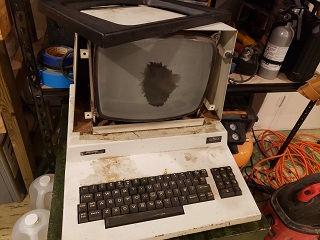 Full Size Image
Full Size Image
 Full Size Image
Full Size Image
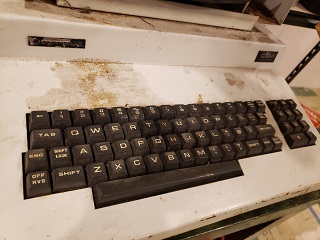 Full Size Image
Full Size Image
 Full Size Image
Full Size Image
 Full Size Image
Full Size Image
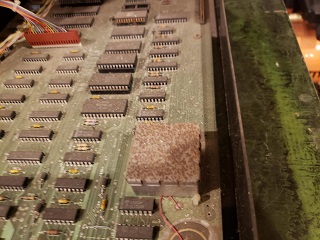 Full Size Image
Full Size Image
 Full Size Image
Full Size Image
 Full Size Image
Full Size Image
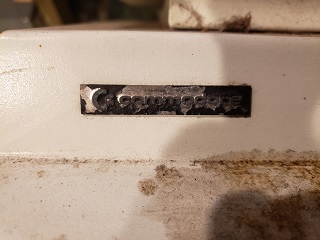 Full Size Image
Full Size Image
p.s. my apologies for the blurry photos. If there's any part in particular you need a better photo of let me know. Thanks.
So far I haven't done anything with it, my plan is to first test the power supply and fix it if necessary, then find some way to get video out so I can start to examine the computer itself, see if it works, and fix as needed.
The first thing you notice is the monitor is completely shot and will need to be replaced. I have two questions (for now I'm sure I'll have may more later):
1) What CRT's could be used in this thing? I do have an amber CRT monitor (monochrome text-only) which works I thought it might be nice to put that in the PET. It would be unusual having a PET with an amber monitor, They appear to be the same size (12") but otherwise I have no idea if the amber CRT would be compatible or not.
2) Is there any way to get video out to something else, even if just temporarily for testing the computer such as composite or anything else?
I don't have much experience working with CRTs and have never attempted swapping them. I know about the high voltage and the importance of discharging it before attempting any work but as for anything else involved this is all new territory for me so any guidance is greatly appreciated.









p.s. my apologies for the blurry photos. If there's any part in particular you need a better photo of let me know. Thanks.

